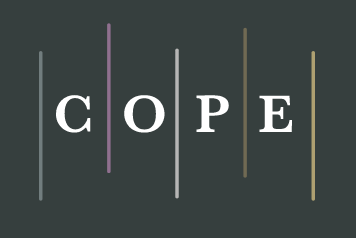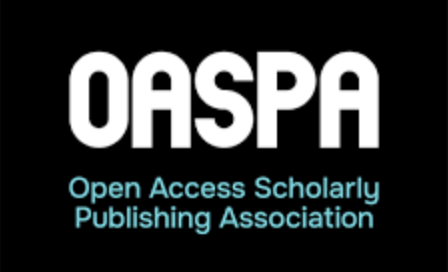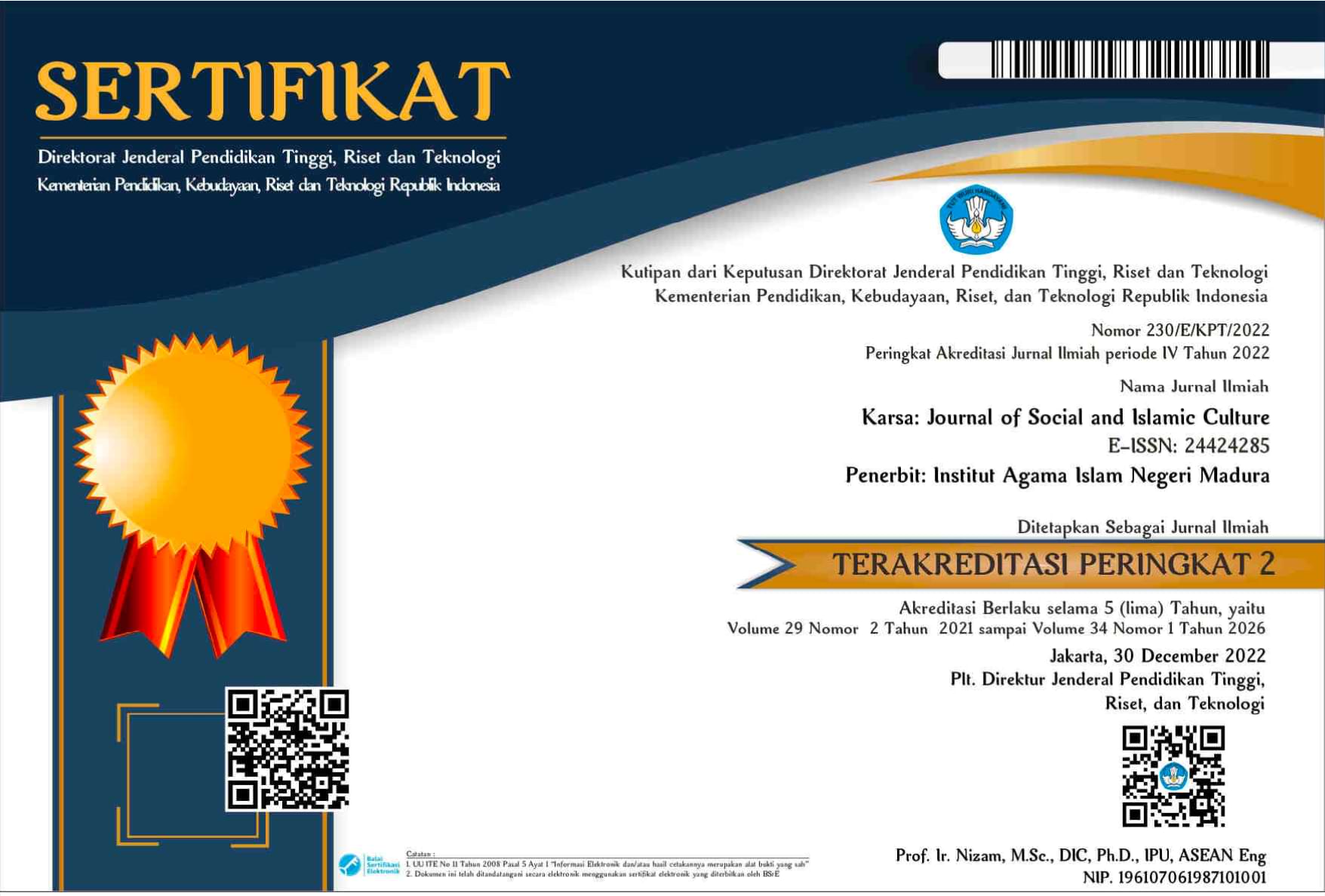Religious Activities of The Scavenger at The Landfill in West Java Region
 Abstract views: 296
,
Abstract views: 296
,
 PDF downloads: 237
PDF downloads: 237
Abstract
Downloads
References
Arifi, Ahmad. “Agama Dalam Kehidupan Pemulung Di TPS Tambakboyo Condongcatur Depok Sleman.” Aplikasia, Jumal Aplikasi Llmu-Ilmu Agama 4, no. 2 (2003): 107–22.
Azhari, Siti Kusumawati. “Sketsa Masyarakat Pemulung Kota Bandung.” Jurnal Sosioteknologi 8/17 (2009): 696–701.
Bakti, Iriana, Hanny Hafiar, Heru Riyanto Budiana, and Lilis Puspitasari. “Pemberdayaan Pranata Sosial Melalui Komunikasi Lingkungan: Menakar Pelibatan Peran Perempuan Dalam Mitigasi Banjir Citarum.” Kawistara 7, no. 1 (2017): 94–107.
Cahyati, Welly, Yohanes Bahari, and Rustiyarso. “Bentuk Resolusi Konflik Anak Pemulung Di Rumah Kasih Serambi Salomo Pontianak.” Jurnal Pendidikan Dan Pembelajaran 5, no. 4 (2016): 1–12.
Damanik, Ali Said, and Ida Ruwaida. “Aktivitas Keagamaan di Kalangan Mahasiswa Perguruan Tinggi Umum.” Jurnal Penelitian Pendidikan Agama Dan Keagamaan 3, no. 3 (2005): 63–75.
Fauzan, Fauzan, and Irma Tyasari. “Pengaruh Religiusitas Dan Etika Kerja Islami Terhadap Motivasi Kerja.” Jurnal Ekonomi Modernisasi 8, no. 3 (2012): 206–32. doi:10.21067/jem.v8i3.787.
Ghofur, Abdul. “Manusia Gerobak: Kajian Mengenai Taktik-Taktik Pemulung Jatinegara Di Tengah Kemiskinan Kota.” Lembaga Penelitian SMERU, 2009.
Harahap, Friska Indria Nora. “Pemberdayaan Masyarakat Pemulung Sampah Sungai Citarum Melalui Koperasi Bangkit Bersama Empowering Garbage-Gathering Community in Citarum River through Bangkit Bersama Cooperation.” Jurnal Pendidikan Dan Pemberdayaan Masyarakat 4, no. 2 (2017): 180–86.
Kamila, Nur. “Keberfungsian Sosial Keluarga Komunitas.” Jurnal Dakwah XI, no. 1 (2010): 43–66.
Kawalo, Angelyk Y. F., Charles R. Ngangi, and Agnes E. Loho. “Kajian Bertahan Hidup Pemulung Di Tempat Pembuangan Akhir Sampah Kelurahan Sumompo Kecamatan Tuminting, Manado.” ASE 12, no. 1 (2016): 47–54.
Kusmana, Dede. Olah Raga Untuk Orang Sehat Dan Penderita Penyakit Jantung: Trias Sok & Senam 10 Menit. Jakarta: Fakultas Kedokteran Universitas Indonesia, 2006.
Muchtar, M Ilham, and Hasan Juhanis. “Sociocultural Approach Dalam Pembinaan Keluarga Muslim Komunitas Pemulung.” Tarbawi: Jurnal Pendidikan Agama Islam 3, no. 1 (2018): 51–65.
Nuraedah. “Pemulung Yang Termarginalkan : ( Studi Sosial Ekonomi Masyarakat Pemulung Di Kelurahan Lasoani ).” Kreatif 17, no. 3 (2014): 56–63.
Nurtyasrini, Sarah, and Hanny Hafiar. “Pengalaman Komunikasi Pemulung Tentang Pemeliharaan Kesehatan Diri Dan Lingkungan Di TPA Bantar Gebang.” Jurnal Kajian Komunikasi 4/2, no. 8 (2016): 219–28.
Pamungkas, Cahyo. “Toleransi Beragama Dalam Praktik Sosial: Studi Kasus Hubungan Mayoritas Dan Minoritas Agama Di Kabupaten Buleleng.” Epistemé 9, no. Desember (2014): 285–316. doi:10.21274/epis.2014.9.2.285-316.
Poerwadarminto, WJS. Kamus Besar Bahasa Indonesia. Jakarta: Balai Pustaka, 1991.
Rahmawati, Heny Kristiana. “Kegiatan Religiusitas Masyarakat Marginal Di Argopuro.” Community Development 1, no. 2 (2016): 35–52.
Setiono. “Pengaruh Pemahaman Keagamaan Terhadap Pendidikan : Kajian Empiris Pada Keluarga Pemulung.” Tasamuh 14, no. 1 (2016): 65–84.
Suharso, and Ana Retnoningsih. Kamus Besar Bahasa Indonesia. Semarang: CV. Widya Karya, 2005.
Suhendri. “Kehidupan Pemulung Di Tempat Pembuangan Akhir (TPA) Siantan Hilir Kecamatan Pontianak Utara.” Sociodev, Jurnal S-1 Ilmu Sosiatri Volume 4, no. 2 (2015): 1–15.
Swadayanto, Anggar Baktiar. “Religiusitas Komunitas Miskin Desa Hadipolo Kecamatan Jekulo Kabupaten Kudus.” Universitas Negeri Semarang., 2011.
Syakrani, Achmad. “Studi Tentang Strategi Hidup Pemulung Perempuan Di Tempat Pembuangan Akhir ( TPA ) Bukit Pinang Kota Samarinda.” E-Jurnal Sosiatri-Sosiologi 4, no. 3 (2016): 181–93.
Wang, Zhizhong, Harold G Koenig, and Saad Al Shohaib. “Religious Involvement and Tobacco Use in Mainland China : A Preliminary Study,” no. November (2015). doi:10.1186/s12889-015-1478-y.
Widiyastuti, Niken, and Vitry Melinda Q Pohan. “Hubungan Antara Komitmen Beragama Dengan Kecemasan Pada Narapidana Perempuan Menjelang Masa Bebas.” Jurnal Psikologi 2, no. 2 (2004): 141–59.
The journal operates an Open Access policy under a Creative Commons Non-Commercial Share-Alike license. Authors who publish with this journal agree to the following terms:
- Authors retain copyright and grant the journal right of first publication with the work simultaneously licensed under a Creative Commons Attribution License that allows others to share the work with an acknowledgement of the work's authorship and initial publication in this journal.
- Authors are able to enter into separate, additional contractual arrangements for the non-exclusive distribution of the journal's published version of the work (e.g., post it to an institutional repository or publish it in a book), with an acknowledgement of its initial publication in this journal.
- Authors are permitted and encouraged to post their work online (e.g., in institutional repositories or on their website) prior to and during the submission process, as it can lead to productive exchanges, as well as earlier and greater citation of published work.



















